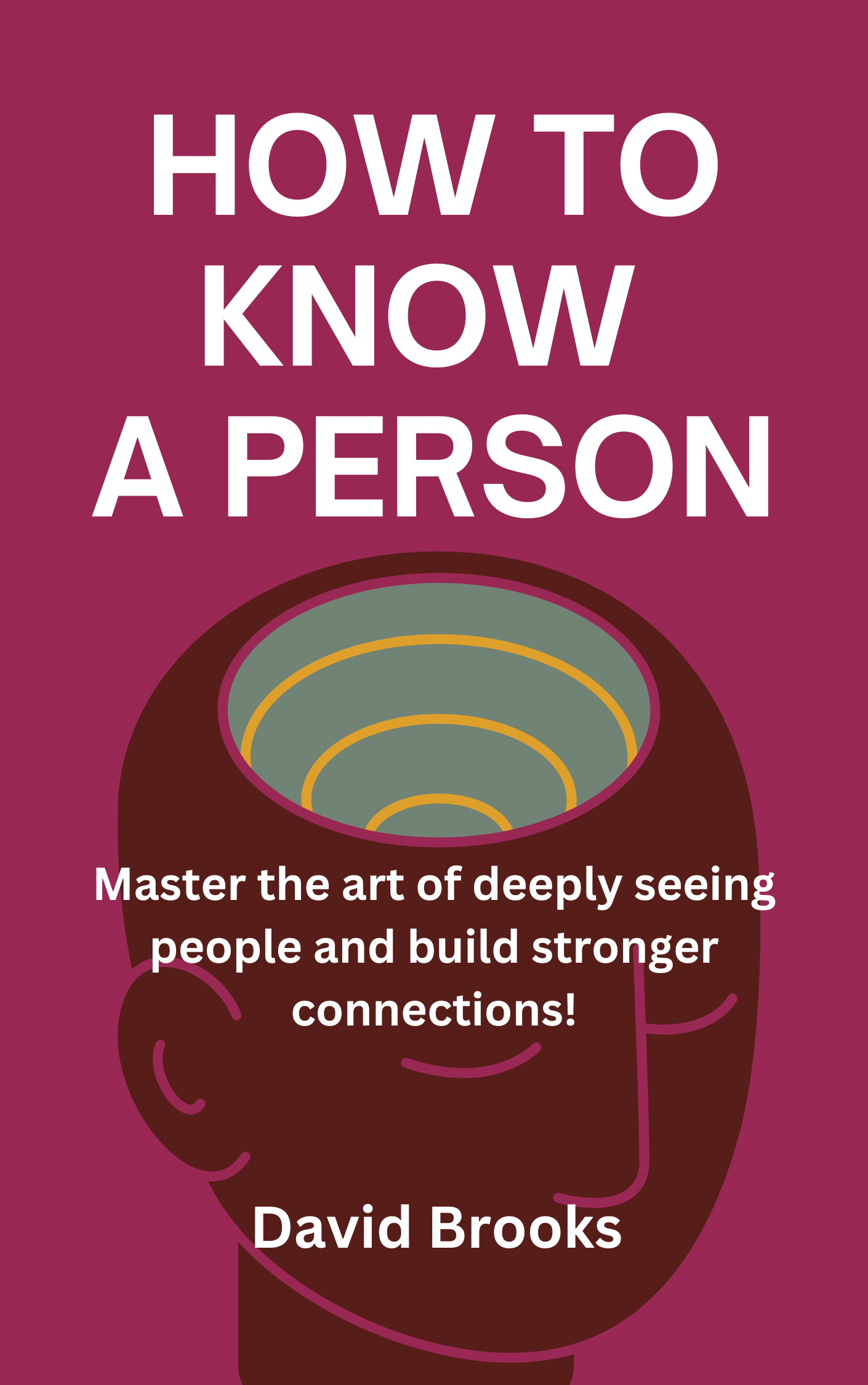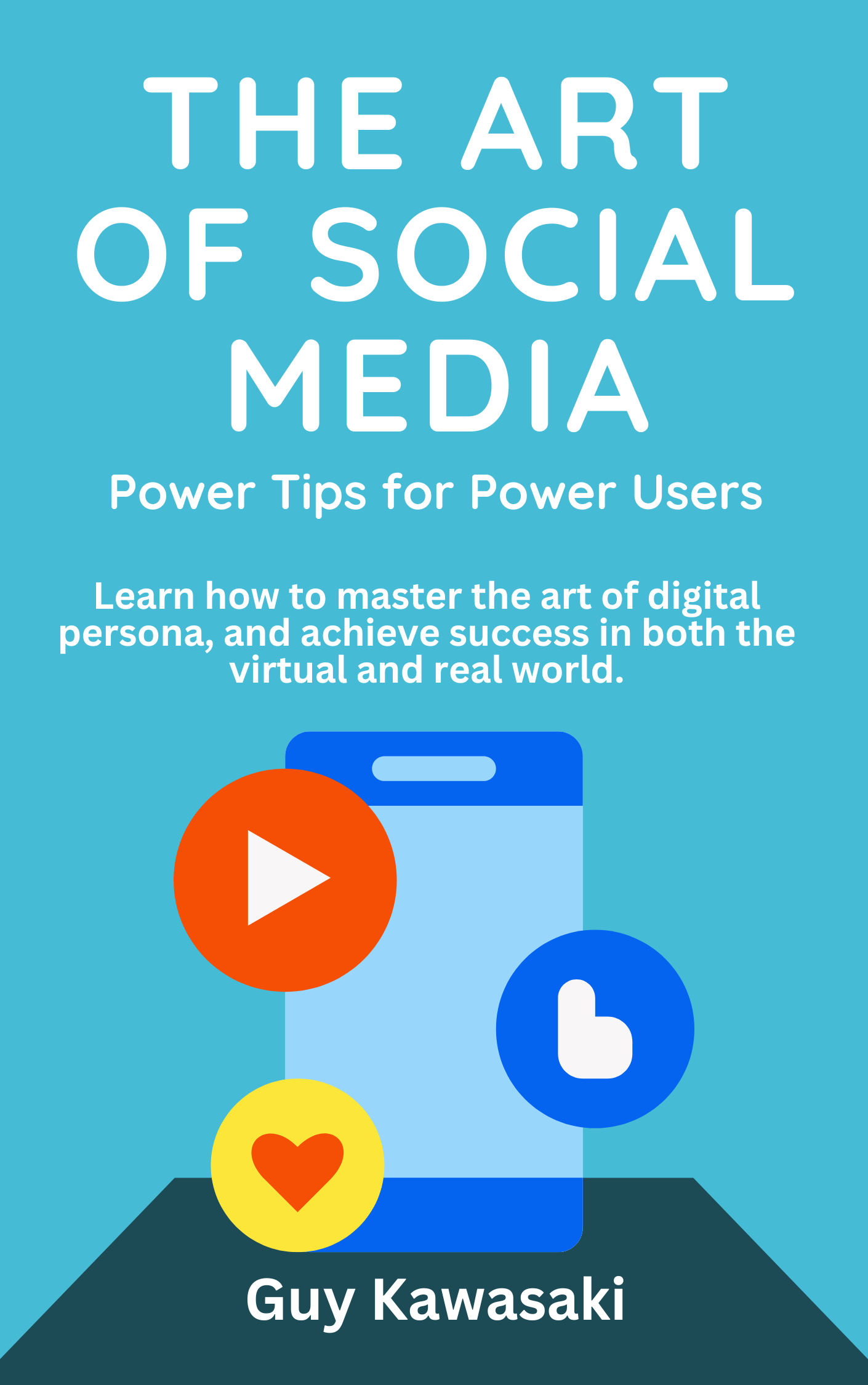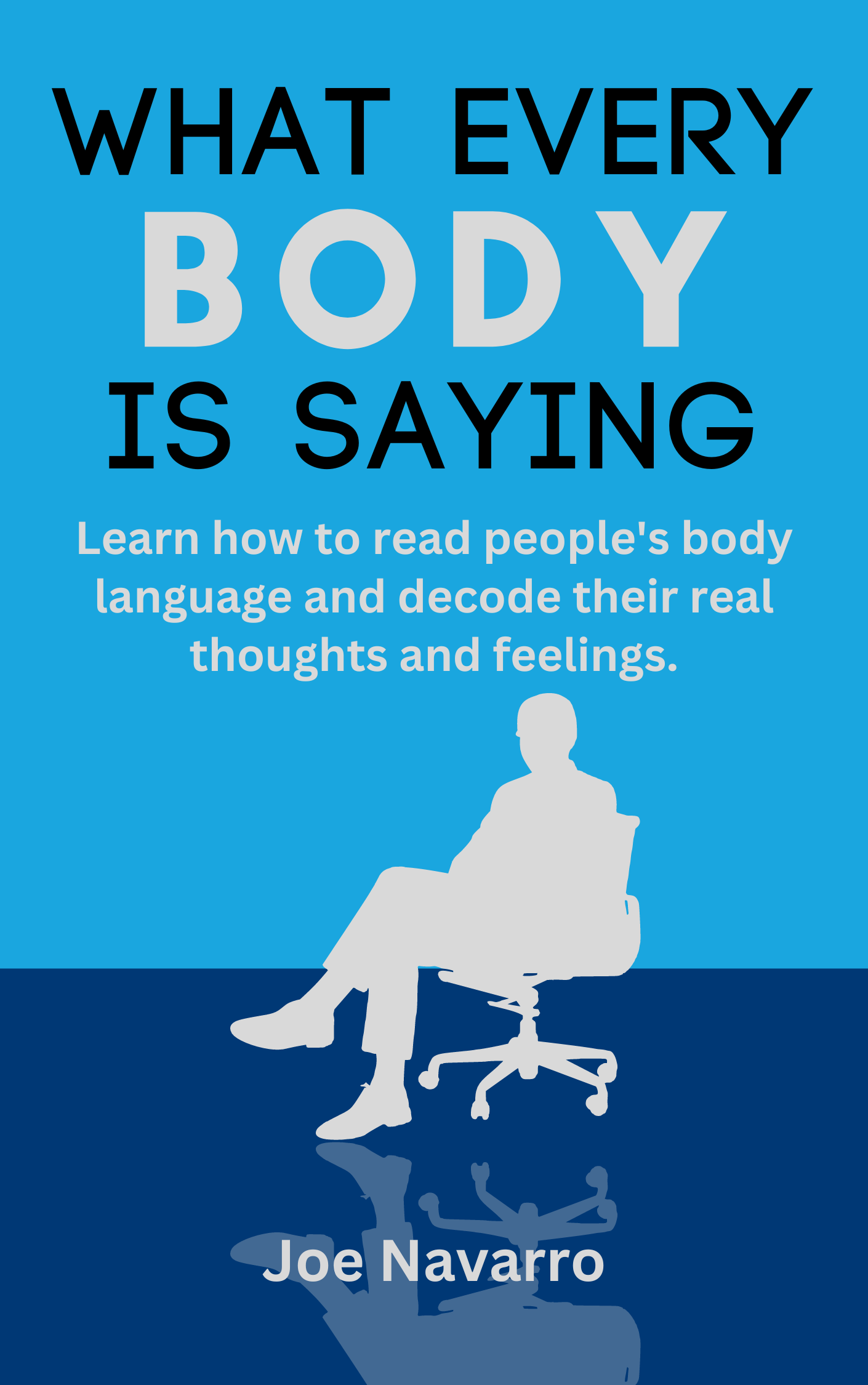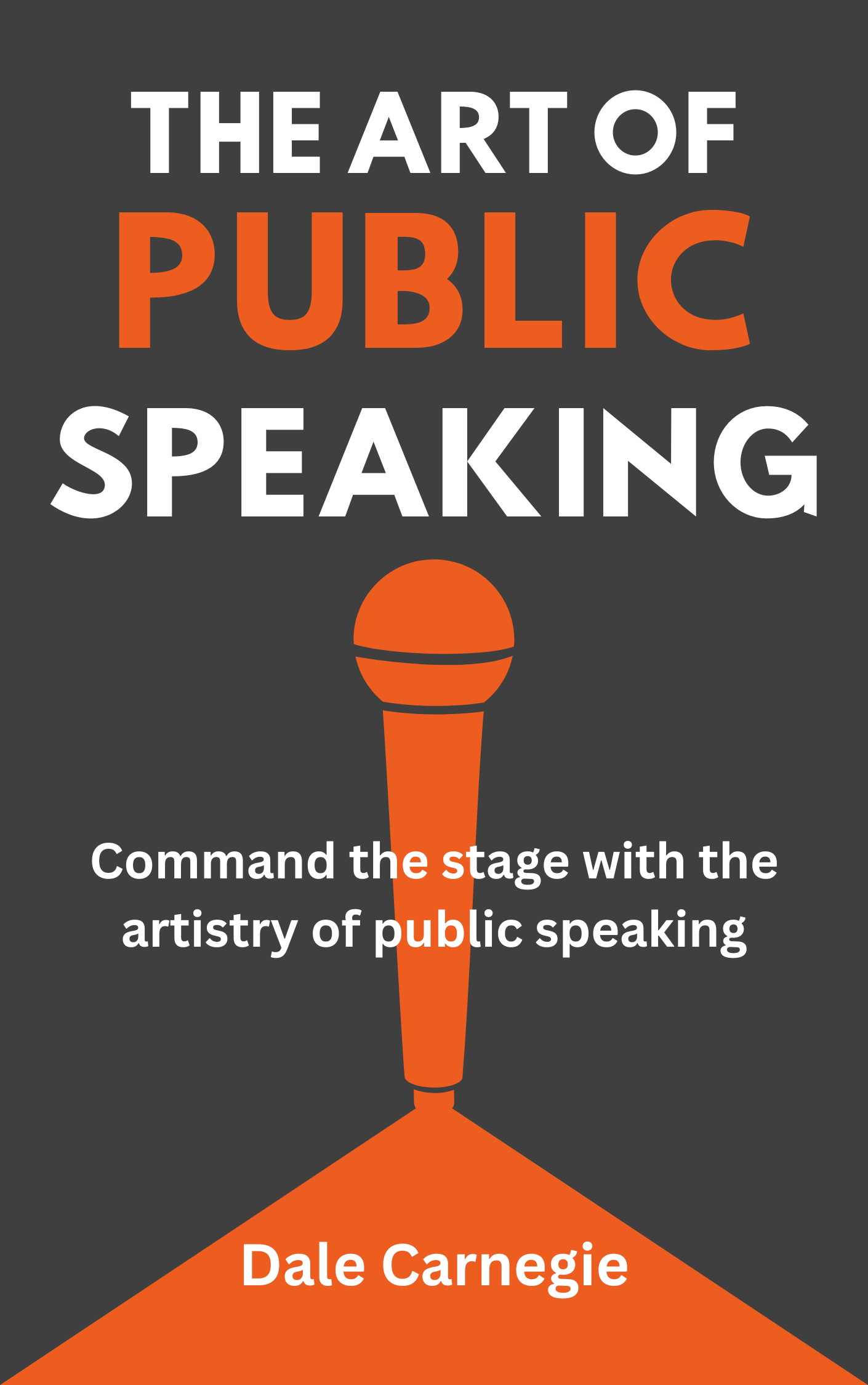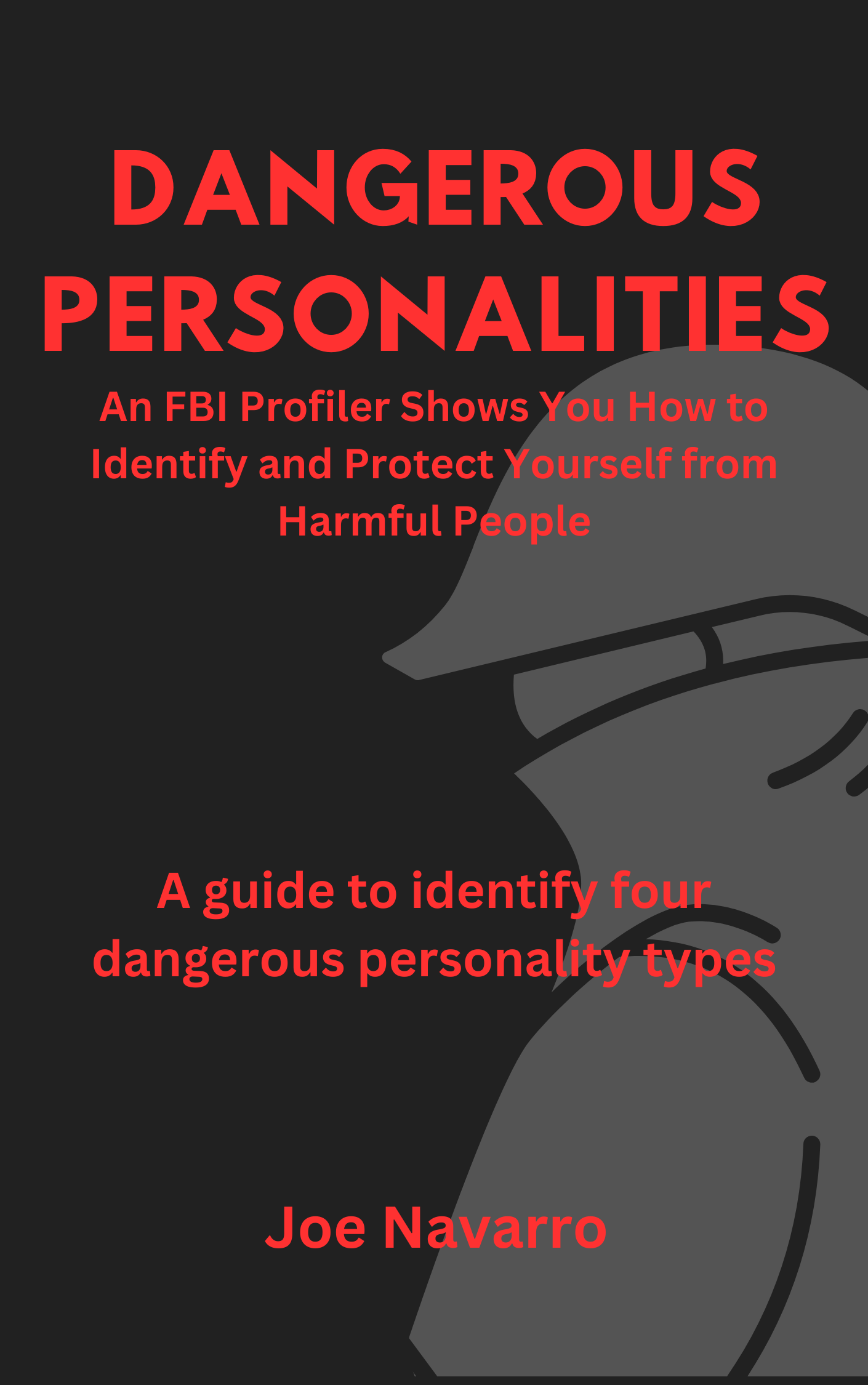Introduction
Social ease isn’t a mysterious gift possessed by a lucky few. It’s a skill - one that can be learned, honed, and eventually mastered. This is the core promise of How to Talk to Anyone, a guide that breaks down the art of connecting and communication with people into 92 specific behaviors, phrases, gestures, and habits that make a strong impact on others.
Each technique is short, actionable, and psychologically grounded - designed to be implemented in real-world conversations immediately. For clarity and cohesion, this summary groups the techniques into nine core areas of interaction. Think of it as your roadmap from awkwardness to effortless charm.
Crucially, these tools are not about manipulation or slick one-liners. They are grounded in psychological principles. Use them with sincerity, and you’ll build trust. Use them manipulatively, and they’ll backfire.
Let’s begin.
Before You Speak
First impressions are formed in milliseconds. Before you even open your mouth, people are already judging your confidence, warmth, and approachability based on subtle cues - your posture, facial expression, eye contact, and even how you enter a room. This section focuses on the nonverbal “super tricks” that silently influence others’ perception of you. One foundational technique is the “Flooding Smile,” a warm, delayed smile that begins with eye contact and gradually lights up your face. This creates authenticity and prevents you from appearing insincere or overly eager.
Another is the “Sticky Eyes” approach: holding eye contact just a second longer than usual. It’s not about staring, but about signaling confidence and full attention. Combine this with the “Epoxy Eyes” trick - staying visually locked on someone even when others are speaking - and you radiate magnetism.
Your walk matters, too. Instead of rushing in with quick, choppy strides, adopt a “Big Cat Walk”: smooth, purposeful, and confident, like a lion surveying its territory. These techniques draw from evolutionary cues - slow, fluid movements signal control and security, traits we’re biologically drawn to.
Even your handshake can send a message. A firm, steady shake - palm straight, not facing up or down - signals confidence and equality. If that’s paired with “The Big-Baby Pivot,” where your whole body turns toward someone as if they were the only person in the room, it creates a rare moment of undivided attention. These pre-verbal cues aren’t just cosmetic polish. They’re the first step in signaling: “You matter. You’re safe with me.” And that opens the door to everything that follows.
Now, how do you keep that momentum going when the conversation begins?
Mastering the Opening Game
For many, small talk feels like the awkward warm-up before real conversation begins. But done right, it becomes a gateway to connection. Lowndes has techniques that transform surface-level chit-chat into genuine rapport. The first secret? Avoid the generic.
Questions like “What do you do?” or “Where are you from?” often fall flat. Instead, use time, place, and context to generate more vivid openers. If you're at a conference, ask, “What’s been your highlight so far?” At a coffee shop, try, “They say the lattes here are legendary. What’s your go-to order?”
Props also become conversational magnets. Lowndes calls this the “Whatzit” strategy - wearing or carrying something slightly quirky, like a pin, unique glasses, or a vintage tote, that invites curiosity. It makes you easier to approach and naturally prompts dialogue. Another technique is “Never the Naked Job,” where you dress your profession in a story. Instead of saying, “I’m in finance,” you might say, “I help people keep more of their money than they thought possible.” It sparks intrigue and invites follow-up questions.
But even more important is how you respond when they talk. Use “Parroting,” where you repeat the last few words they said as a question: “...led a youth camp?” This encourages elaboration and shows attentiveness. Equally powerful is listening with your whole face - eyes widened slightly, eyebrows raised at key moments, nods timed just right. People love good listeners, and these cues show you're not just waiting to speak. Small talk, then, isn’t about saying the perfect thing - it’s about creating small openings where connection can begin to grow.
As conversations progress, you’ll need to build on that early spark.
Speak the Language of Belonging
One effective method is “Echoing” - matching another person’s speech patterns, tempo, and even vocabulary to subtly mirror their communication style. It’s not mimicry, but harmony, and it builds a subconscious sense of familiarity.
Then there’s the power of affirming language. Using strong, committed words like “definitely,” “absolutely,” and “without a doubt” makes you sound more confident and trustworthy. Compare that to uncertain filler words like “sort of” or “kinda,” which tend to shrink your presence. Even the occasional use of “we” over “I” - a tactic called the “Premature We” technique - can create a sense of camaraderie and shared experience like: “We seem to be holding down this end of the buffet line!”
Names also play a key role. People love hearing their own name - it lights up areas in the brain associated with reward. Dropping someone's name early in conversation, and naturally weaving it in once or twice more, increases their sense of being seen and respected. Another helpful trick is the “Movie Mention Method.” Rather than asking “Seen any good movies lately?” you say, “I finally watched Oppenheimer - blew my mind. What about you?” This technique is more inviting because it signals vulnerability first.
What all these strategies have in common is psychological safety. People open up when they feel “in sync” with you. And when they do, the conversation doesn’t just flow - it flies.
But connection isn’t just about mirroring - it’s about meaning. What sets magnetic conversationalists apart from merely pleasant ones?
The Secret Sauce of Magnetic Conversationalists
Ever met someone who made you feel like the most interesting person in the room? Odds are, they were using a variation of the “Parachute Technique.” This means encouraging others to expand on their stories by diving deeper into the emotional or experiential layers. Instead of stopping at, “I went to Italy,” you ask, “What did you love most about it?” or “What surprised you there?” It shows genuine curiosity and invites richer stories.
Lowndes introduces a number of techniques that enhance this magic. The “Hansel and Gretel” breadcrumb strategy allows you to drop bits of your own story, so others get to know you without it feeling like a monologue. Meanwhile, the “Keep It Light Until It’s Right” rule reminds us not to rush into heavy topics. Let the emotional temperature warm up first. That doesn’t mean avoiding depth - but timing matters.
Another strategy is using “The Complimentary Echo,” where you affirm a positive quality someone has just demonstrated. If someone says they ran a marathon, don’t just say “Wow.” Instead: “That takes so much discipline - how did you train for it?” This both compliments and opens the floor for storytelling.
Then there’s “Listening Between the Lines,” where you pick up on what someone isn’t saying. If they mention moving cities but gloss over why, a gentle “That sounds like a big transition - was it?” can unlock deeper layers of conversation. All these techniques serve one aim: to make others feel heard and valued. In return, you become the person they seek out again and again. And that’s all it’ll take to make you an ally. More on that next.From Strangers to Allies
The leap from stranger to ally can happen in minutes if you use the right tools. One technique involves what Lowndes calls “Be a Word Detective” - listening for words people repeat and then reusing them to create alignment. If someone says they’re “energized by challenges,” reflect that same phrasing later: “You definitely sound energized by what you do.” This echoes their values and builds instant affinity.
Then there's “The Exclusive Club” - crafting an in-group identity with phrases like “You and I seem to be the only ones who…” It taps into our hardwired desire to belong. Another fast-track method is “Kill the Quick ‘Me Too.’” When someone shares something, resist jumping in with your version. Instead, ask a follow-up question before you connect it to your experience. That moment of pause shows deeper interest.
In terms of physical space, slightly leaning in, nodding thoughtfully, and tilting your head all subtly say: I’m with you. Even more potent is using “Touch Signals” appropriately - like a light tap on the arm when laughing or making a point. When done naturally and with consent, touch deepens bonds quickly.
Finally, remember the “Encore!” technique: if someone tells a story or shares something personal, ask them to repeat it for a new listener. “You’ve got to tell them about your trip - it’s hilarious!” It validates their story and makes you the connector. What starts as a brief encounter can evolve into authentic rapport - all in the span of a few well-placed words.
Of course, not all conversations happen at parties or cafes. Some unfold in offices…
Office Charisma
In professional settings, likability and competence aren’t in competition - they reinforce each other. To gain both, start with what Lowndes calls “The Business Card Dossier.” When you meet someone new, jot down a few details on the back of their card - a pet’s name, a favorite restaurant, or an upcoming trip. Referencing these later (“How was that Napa getaway?”) makes you stand out as attentive and warm. It’s the kind of social intelligence that builds loyalty without flattery.
Also powerful is “The Eyebrow Flash.” This quick, unconscious upward flick of your brows when seeing someone adds a warmth that’s often missing in corporate environments. Used with the “Hello Old Friend” greeting - greeting every colleague as though you’re genuinely delighted to see them - you begin to radiate approachability. Over time, these small shifts change how people experience you at work.
Even meetings can be fertile ground for charm. Try “Tracking” your eye contact across the room as you speak, making brief but clear contact with each person. It communicates that you’re addressing everyone, not just the loudest voice. To close, sprinkle in the “Killer Compliment” - one that’s rare, specific, and authentic. Rather than “Great job,” say, “You have a way of making complex things sound simple.” These aren’t empty pleasantries - they’re relationship glue that bonds teams, boosts reputations, and makes office life more human.
Alright! Now, let’s build your charisma when addressing a group.
Commanding the Room
Speaking to groups, whether onstage or around a dinner table, requires different muscles than one-on-one chats. So, let’s explore how to command attention without trying too hard.
One of the simplest shifts is the “Pause and Purge” method. Before speaking, take a beat. It calms your nerves and adds weight to your words. Even a moment of stillness before you start talking draws focus. Pauses also create rhythm, giving listeners space to absorb your points.
Next comes “Visual Anchoring.” As you speak, shift your gaze from one listener to another, rather than sweeping the room aimlessly. This “Zigzag Eye Contact” creates a sense of intimacy and keeps people engaged. Coupled with what Lowndes calls “Emotional Specificity” - adding emotional adjectives and vivid details - your stories take on color. Don’t just say, “It was a hard day.” Say, “It was one of those days that clung to me like wet socks.”
Another underrated technique is the “Quotable Quote.” If you have a short, punchy phrase or an unusual metaphor, rehearse it. These sticky soundbites become what people remember and repeat. For example, when Lowndes talks about using social skills as “cable cars to carry your ideas,” it sticks because it’s visual and fresh.
You also boost your likability by displaying vulnerability. Sharing a small imperfection - like how nervous you were before the talk, or a recent misstep - makes you human, not robotic. Just balance it with strength and a solution. Finally, don’t forget the “Call-Back” technique: referencing something mentioned earlier in the meeting or speech. It shows attentiveness and closes the loop in a satisfying way. In group settings, charisma isn’t about being the loudest voice - it’s about being the clearest, the most attuned, and the most emotionally alive.
Moving on!
Be Unforgettable Without Bragging
When you want to deepen rapport, use the “Offbeat Compliment” - something unexpected but honest, like complimenting someone’s calm energy rather than their outfit. People remember compliments that feel personal and rare.
There’s also “The Old-Family Photo Trick.” When telling a story or sharing a memory, frame it with a warm, nostalgic tone, as if showing someone a cherished picture. “Back in college, we had this professor who…” instead of launching into dry fact-sharing. This framing style makes your stories feel intimate and human.
Then there’s the use of “Time Anchors” - linking your comment or interaction to a specific moment so it’s easier to recall later. “That story you told over dessert?” or “When you mentioned the jazz festival last week…” People are far more likely to reconnect with you when they remember why they liked you. You don’t need a flashy personality or dramatic stories. You just need moments that make others feel something - and a way to help them remember it.
And finally, we nurture your relationships with authenticity and care.
Flirting and Friendship
The final section explores how to build intimacy, whether in budding friendships or romantic scenarios.
In conversation, use “The Complimentary Comparison.” Instead of direct compliments like “You’re smart,” try “You remind me of someone I really admire - she always had this thoughtful way of looking at problems.” It feels deeper and more original. When texting or messaging, apply the “Delay and Display” trick. Don’t rush to reply instantly every time. Occasionally delay, then respond with something thoughtful. It creates rhythm and builds intrigue.
When moving from acquaintance to friend or more, don’t be afraid to “Show the Scars.” Mentioning a small past vulnerability - like overcoming a fear, switching careers, or dealing with failure - can fast-track emotional intimacy. Just be sure you don’t over-share too soon. As Lowndes puts it, the best connections happen when you reveal just enough to invite trust, without overwhelming.
A final tip: use “The Parting Gift.” When you end a conversation, offer something small but thoughtful - like a recommendation (“You’d love this podcast”), a compliment, or a callback to your interaction (“This was the most fun I’ve had all week”). These final moments seal the impression and pave the way for next time. Whether you’re building a friendship or exploring romance, these techniques help create a foundation of trust, mutual interest, and emotional resonance.
Summary
We often overestimate the importance of what we say and underestimate the way we say it. You don’t need to change who you are. Just learn how to better show up. Because in the end, connection isn’t magic - it’s method. And now, you’ve got the toolkit.

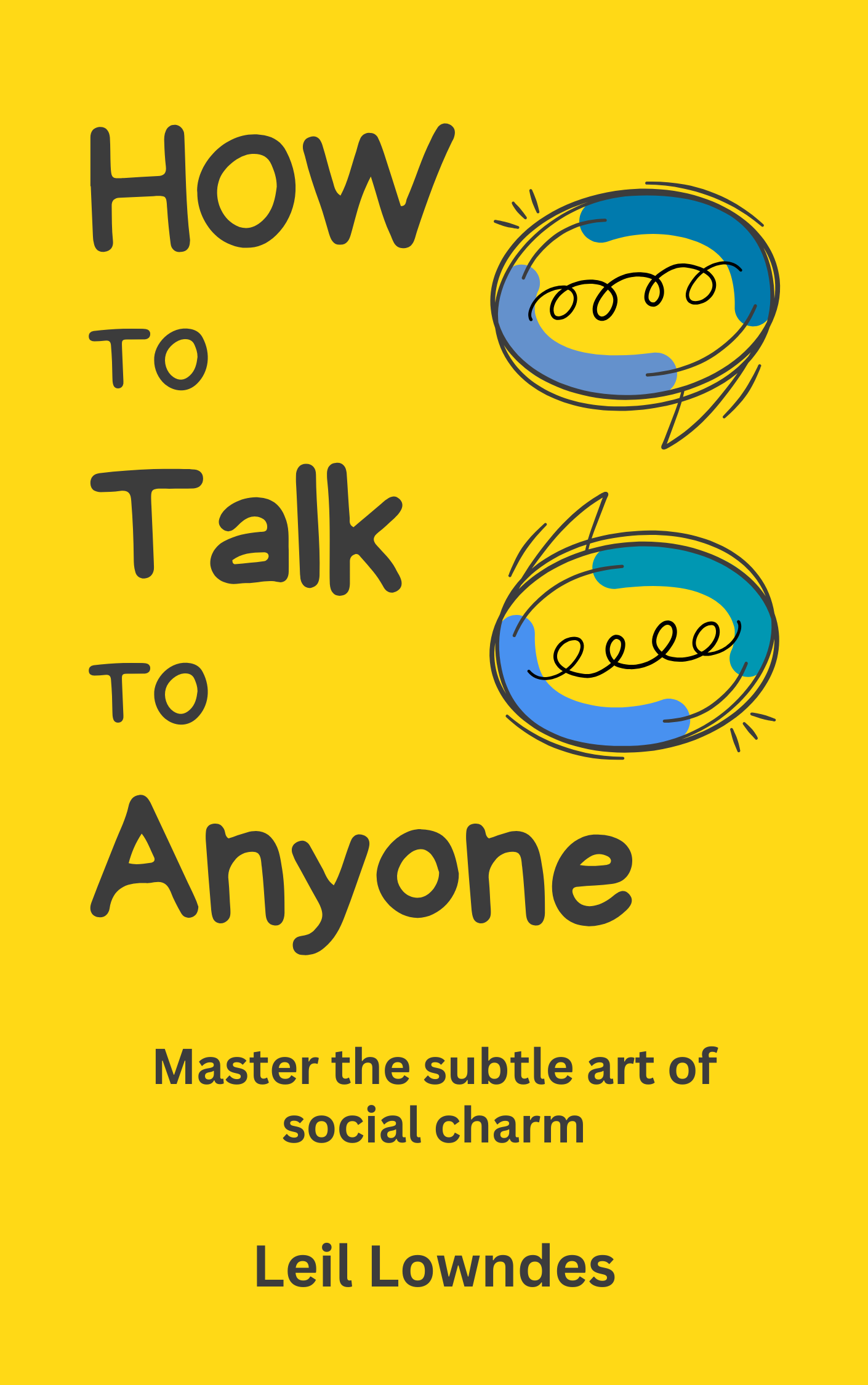



.png)
